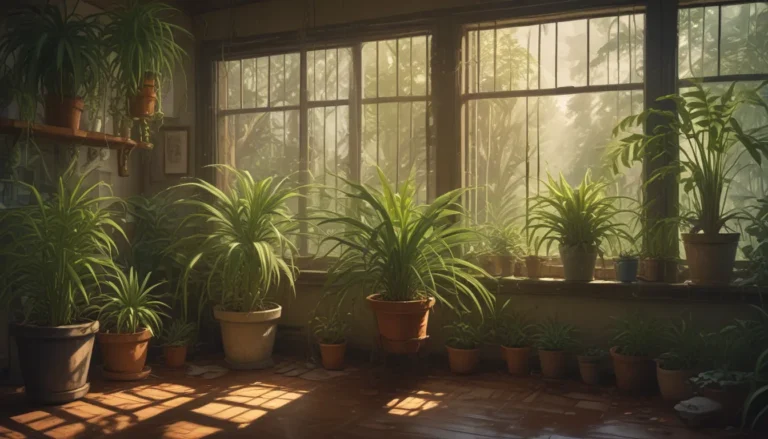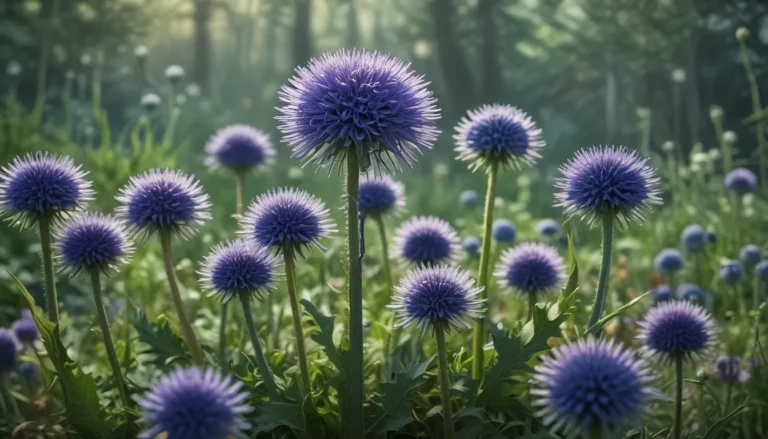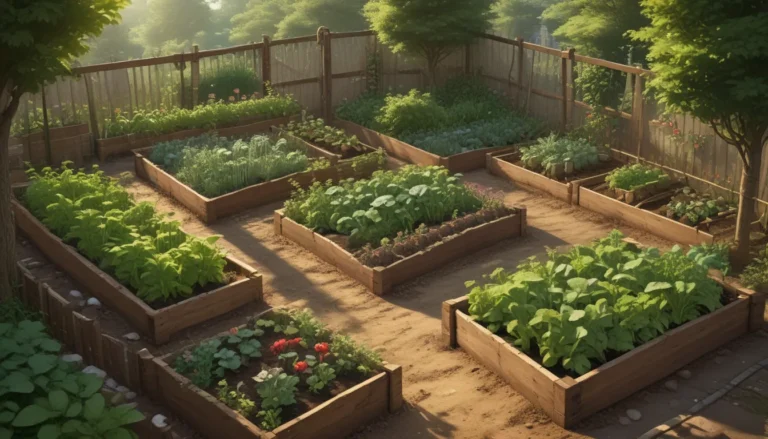Comprehensive Guide to Growing and Caring for Alpine Pinks

Alpine pinks, scientifically known as Dianthus alpinus, are delightful hardy perennials that are a must-have for rock gardens. These plants are recognized for their compact growth, sweetly spicy fragrance, and vibrant colored flowers. With attractive frosty blue-green foliage that forms dense cushions or mats, alpine pinks are an effective ground cover when planted in masses. Despite their delicate appearance, these plants are robust and resistant to cold, drought, heat, and salt.
Alpine pinks are a standout selection for various garden settings such as alpine or gravel gardens, rockeries, screes, beds, borders, and containers. These plants not only add color and fragrance but also attract beneficial pollinators like bees and butterflies while being deer-resistant. Overall, these small yet impactful plants are a great addition to any garden.
Let’s delve deeper into the world of alpine pinks and learn how to grow and care for them successfully.
What Are Alpine Pinks?
Alpine pinks, belonging to the Dianthus family, are herbaceous perennials known for their compact size and colorful flowers. Growing to a height of four to eight inches and spreading six to 12 inches, these plants produce single or double-petaled flowers in shades of burgundy, cerise, fuchsia, and more. The fragrant blooms rise about four inches above the attractive foliage and are complemented by fine, grass-like leaves that form dense, evergreen mats.
Cultivation and History
Native to Europe, particularly the eastern Austrian alps, alpine pinks thrive in rocky pockets, crevices, and high-altitude grasslands. These plants have adapted to extreme conditions, developing excellent cold hardiness, heat resistance, and drought tolerance due to their subalpine habitat. With a history of successful cultivation, alpine pinks have received the prestigious RHS Award of Garden Merit.
Propagation
Alpine pinks can be propagated through division, seeds, and tip cuttings. Division should be done every two to four years or when the centers start to die back. Tip cuttings, taken in summer, root quickly and can be transferred to larger pots after rooting. While seeds from hybrid plants may not grow true to the parent, species seeds can be planted following specific guidelines.
How to Grow
Alpine pinks thrive in full sun and humus-rich, well-draining soil with a gritty texture. Enrich the soil with organic matter and amend it with landscape sand or pea gravel to ensure good drainage. Regular watering, mulching, and feeding with a balanced fertilizer after flowering are key to growing healthy plants. Container cultivation requires well-draining soil mix and regular watering, especially in cold weather to protect plants.
Growing Tips
Ensure abundant flowers by planting alpine pinks in full sun, providing well-draining soil, and using a mulch of sharp gravel for winter protection and pest deterrence.
Pruning and Maintenance
Maintaining alpine pinks is straightforward and includes dividing plants every two to four years, deadheading spent blooms, and providing minimal fertilizer. Collect seeds for self-sowing and prepare plants for winter by cleaning debris and applying a free-flowing mulch.
Cultivars to Select
Popular cultivars of alpine pinks include Eastern Star, Fire Star, Neon Star, Paint the Town Fuchsia, and Peppermint Star. These hybrids offer a variety of colors, sizes, and fragrances, making them attractive choices for different garden settings.
Managing Pests and Disease
While alpine pinks are relatively disease-resistant, they may encounter issues with aphids, spider mites, slugs, snails, crown rot, and rust. Control pests naturally using water, neem oil, or insecticidal soap, and prevent diseases by ensuring good drainage and air circulation around plants.
Best Uses
Alpine pinks are versatile plants suitable for various garden settings, including rock gardens, troughs, containers, borders, and groundcovers. Their salt tolerance makes them ideal for coastal gardens or roadside beds.
Quick Reference Growing Guide
- Plant Type: Herbaceous perennial
- Flower / Foliage Color: Mauve, pink, red, white/glaucous green
- Tolerance: Cold, deer, drought, heat, and salt
- Hardiness (USDA Zone): 3-9, hybrids vary
- Maintenance: Moderate
- Exposure: Full sun
- Soil Type: Humus rich with a gritty texture
- Soil pH: 6.0-7.5
- Spacing: 6-12 inches
- Water Needs: Moderate
- Height: 6-8 inches
- Spread: 6-15 inches
- Attracts: Bees, birds, and butterflies
Alpine pinks are a delightful addition to any garden, offering colorful flowers, fragrant scents, and easy maintenance. By following the tips and techniques outlined above, you can successfully grow and care for these charming perennials in your garden. Explore the world of alpine pinks and enjoy their beauty in your outdoor space!
By incorporating detailed information, growing tips, cultivar selections, and a quick reference guide, this comprehensive guide aims to provide valuable insights on growing and caring for alpine pinks. Whether you’re a beginner or seasoned gardener, these tips will help you cultivate these lovely perennials with confidence.





